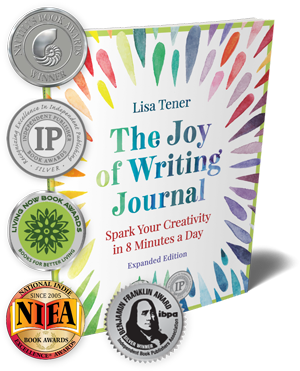
A client recently asked me to help him with a book proposal with very short chapters. Hmmm. I hadn’t worked on one of those before. Would the usual 1-2 chapters be enough? It seemed to me that agents would want more of a sample. But how much? I asked literary agent Jeanne Fredericks for guidance.
Jeanne said, “If a book has very short chapters, then yes, I recommend supplying more than the usual two sample chapters. I don’t think there is a magic number of chapters or pages of sample material that an author should supply since it depends on the length of the proposal and the type of book it is. For instance, if the book relies on historical or scientific research, an agent or editor would expect more in-depth sample material than for a light how-to.”
Jeanne elaborated on some of the constraints and issues to keep in mind, “When I submit proposals to editors in hard copy form, I use double-pocket portfolio folders. I therefore recommend to my authors that the number of pages in the proposal and sample chapters not exceed 90 pages and be less than that if the author plans to have a DVD of media appearances slipped into one of the pockets as well.
“Increasingly I am finding that editors prefer electronic submission, so there is less constraint on the maximum number of pages, but more constraint on the number of high resolution illustrations which can cause the electronic submission to be refused by the publisher’s server.”
I also asked Jeanne if she had any thoughts about how to choose sample chapters. “Though it may seem logical to present chapters in the order of the book, it often makes good marketing sense to select non-sequential chapters that highlight the freshness of the author’s approach and focus on the most appealing topics.
“Since Chapter 1 is often duplicative of material in the proposal, it can often seem dull to the agent or editor who has just read the proposal. Consequently, I find that chapters from the heart of the book are more effective.
“If the chapters are supplied out of order, this can cause confusion since the reader may be uninformed about what was explained in a previous chapter. The author can clarify, though, by including a parenthetical remark that briefly explains what was covered in a previous chapter.
“It can also be helpful to include a chapter that has a powerful ‘take-away’–important, useful information succinctly stated that a reader would love to highlight, or clip and save, since it is new information that is considered valuable.



I am going to write the book proposal for my nonfiction book before I write the book itself. I’m going to write sample chapters as best I can, but they may change when I write the book.
I’m still developing my author platform and am learning better tricks for how to write persuasively. My guess is that by the time I write the book, I will want to refocus my sample chapters, hopefully making them stronger. How do publishers respond if the finished book turns out to be significantly different from the sample chapters? Can they back out and not print the book?
Stephen,
This sounds like the kind of decision you would need to work out with your individual publisher/editor. They would want to review the change and decide if they agree on dramatic changes. Yes, they could back out, but this is really a collaborative process. As long as you are communicating with your editor in a productive way all along, my guess is that you would be coming to any such decisions together, rather than separately. Some editors are more hands on than others.